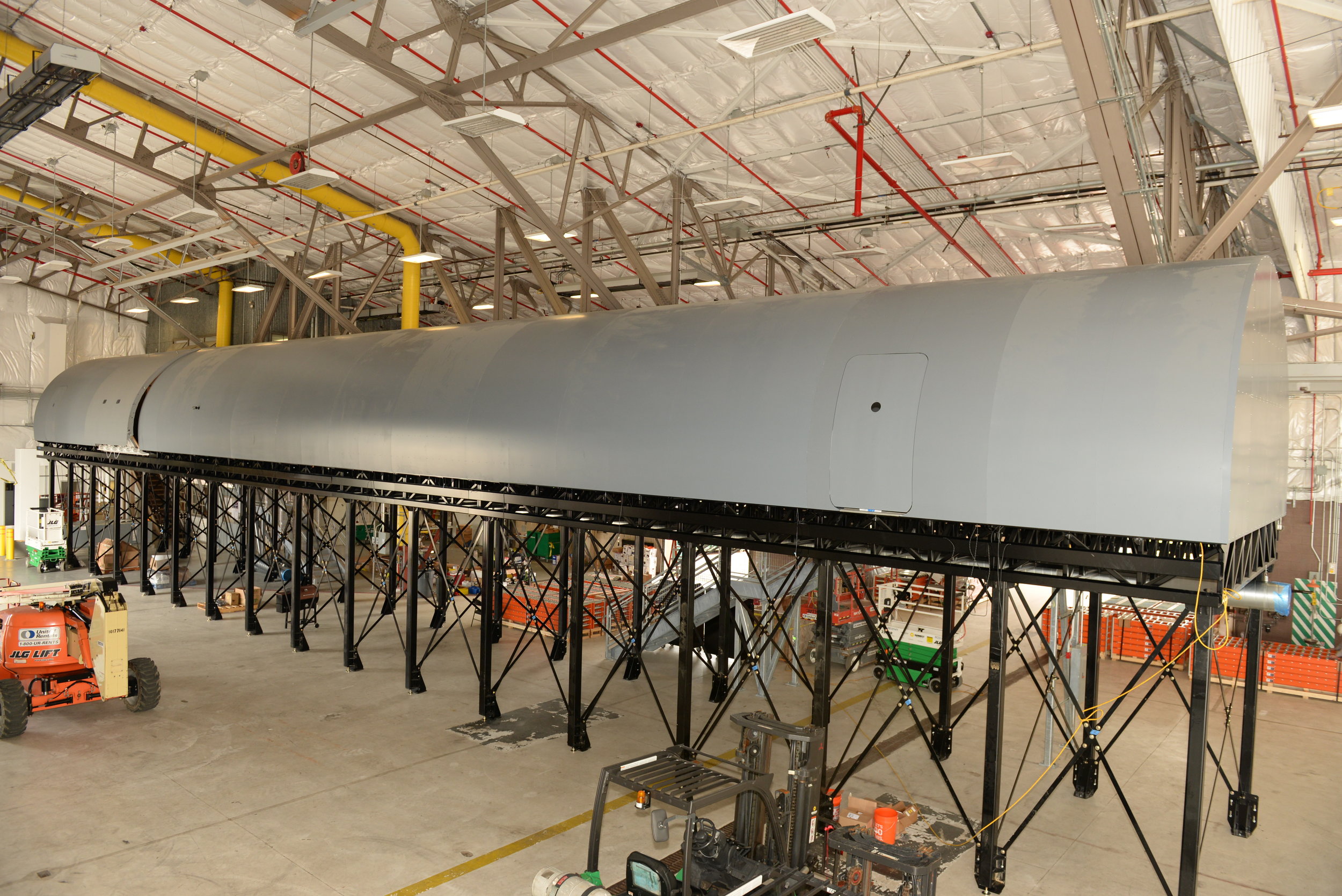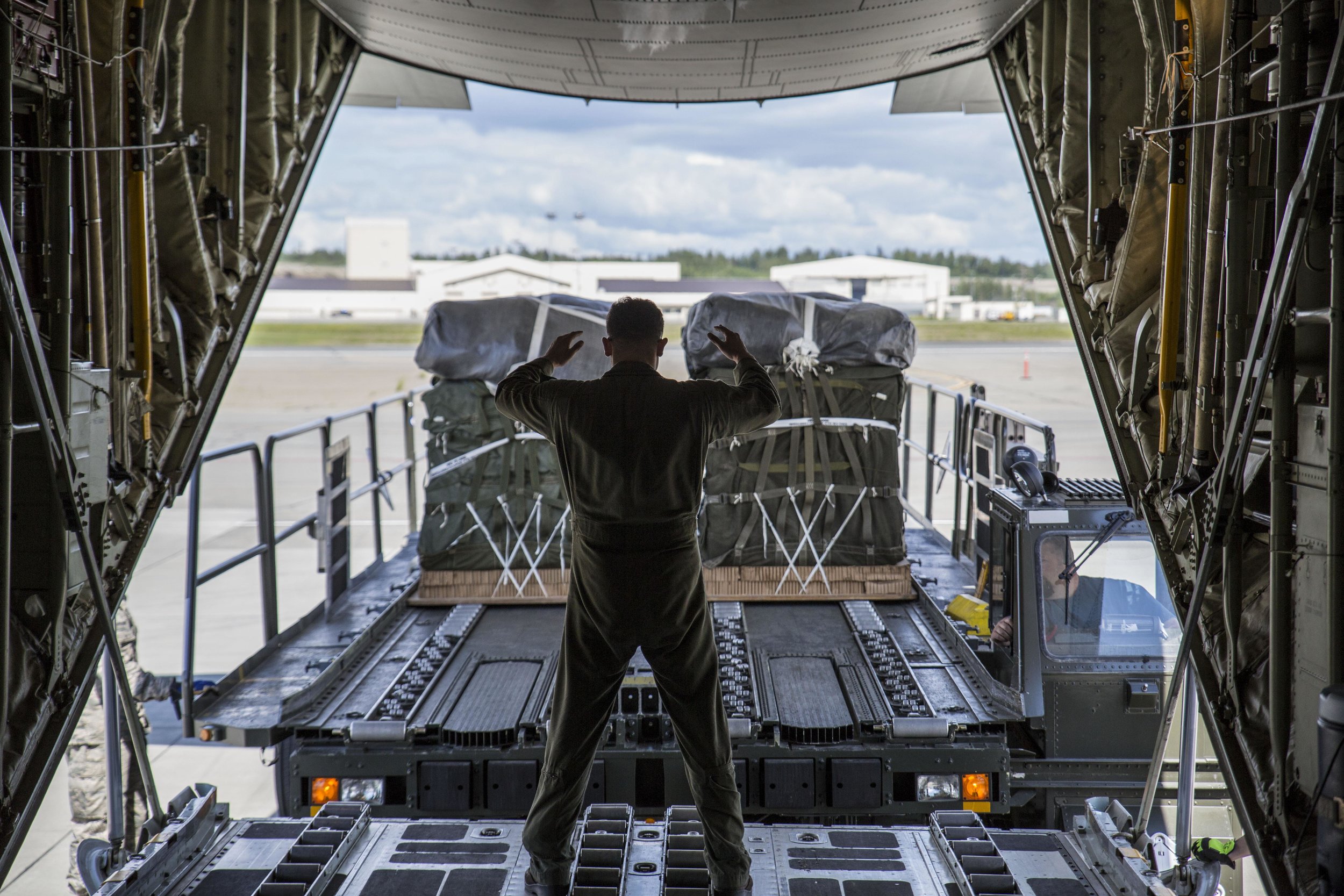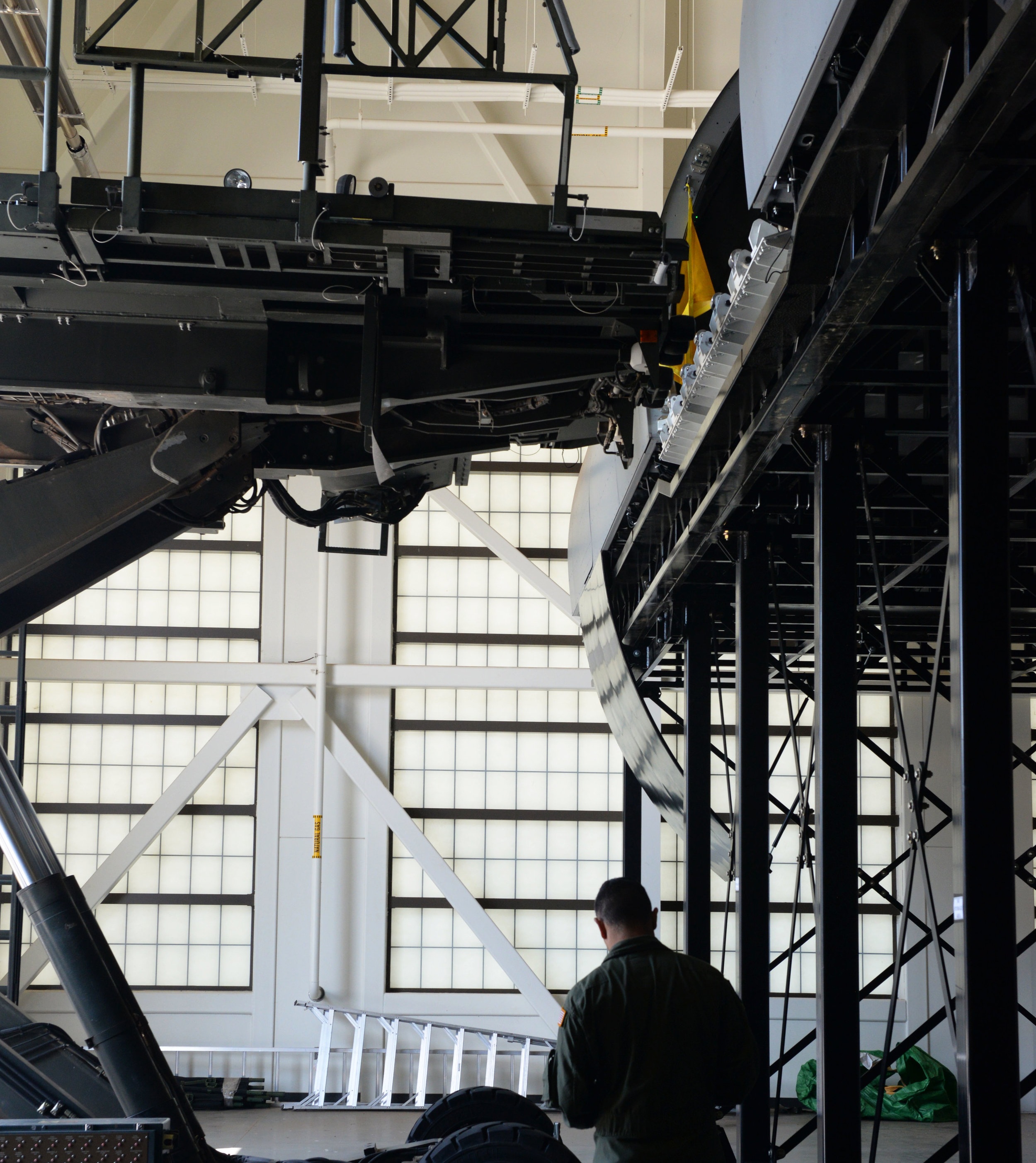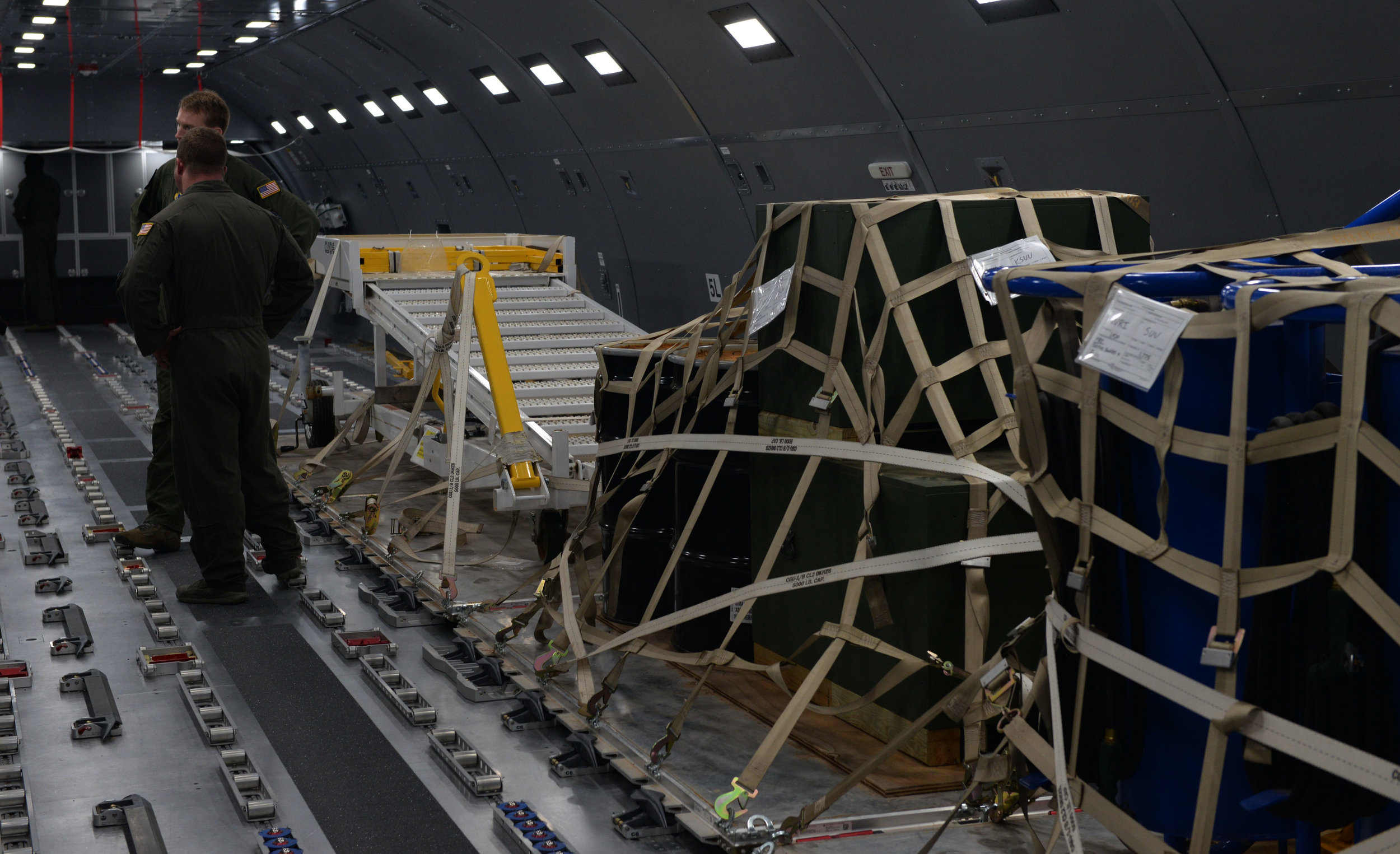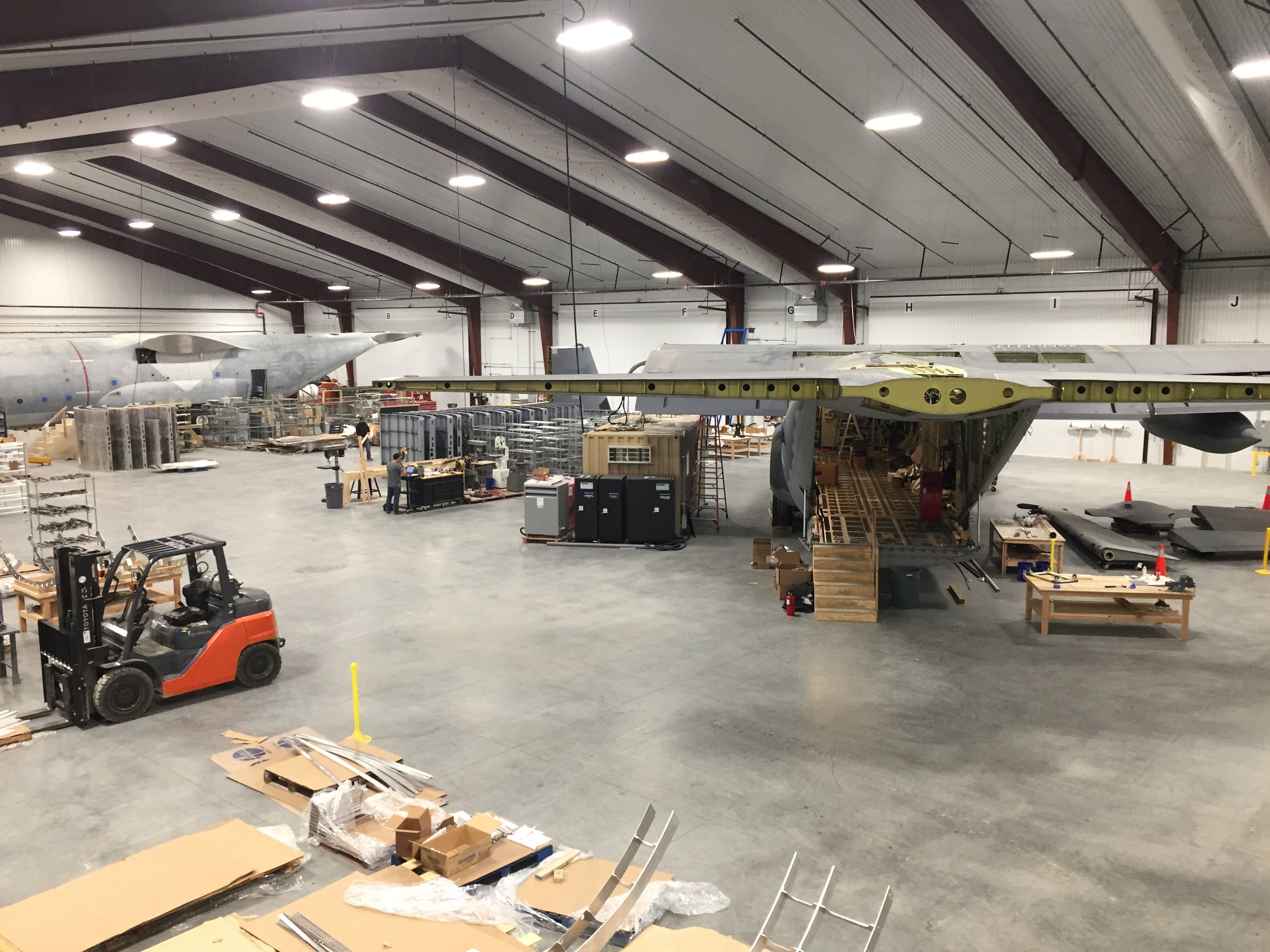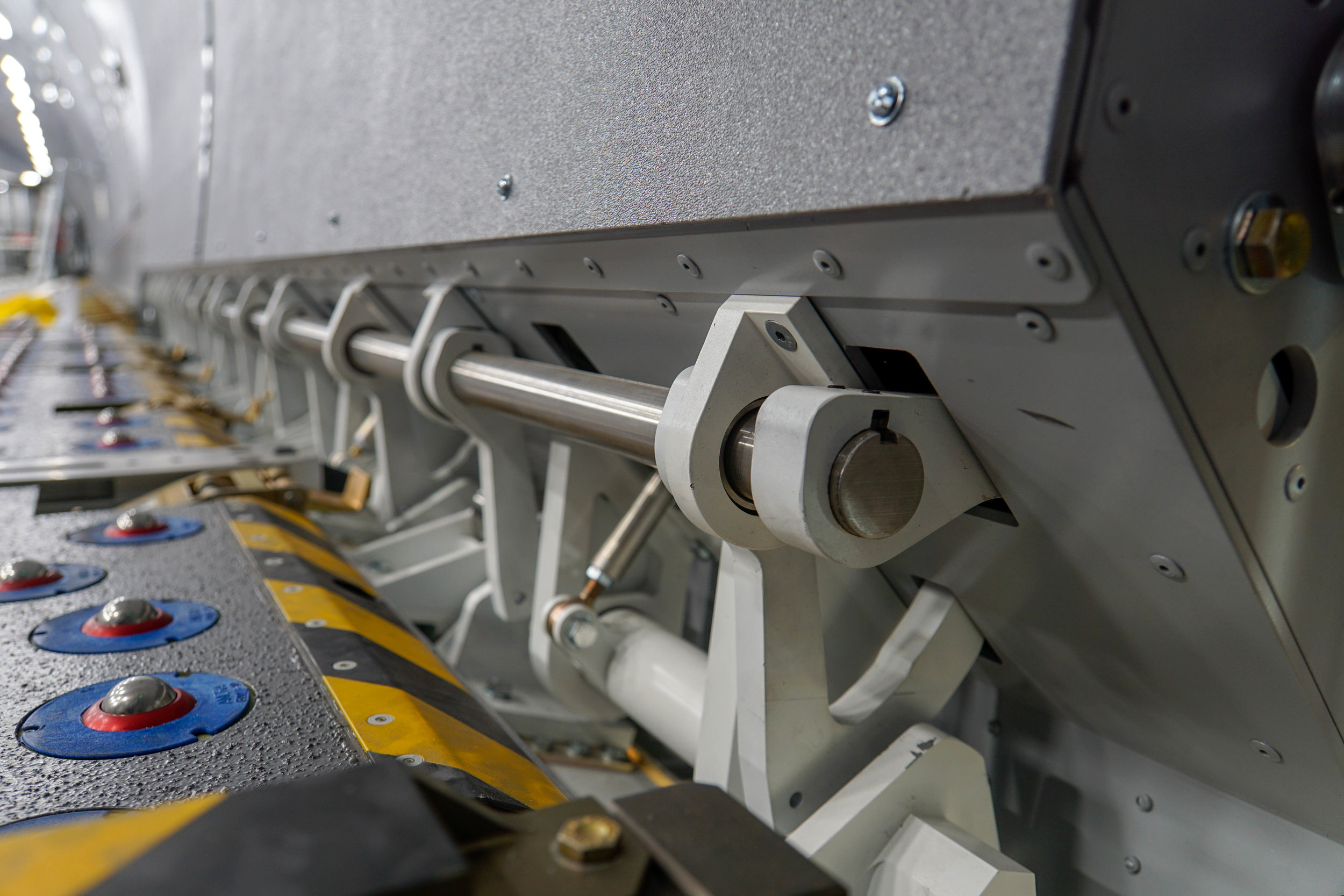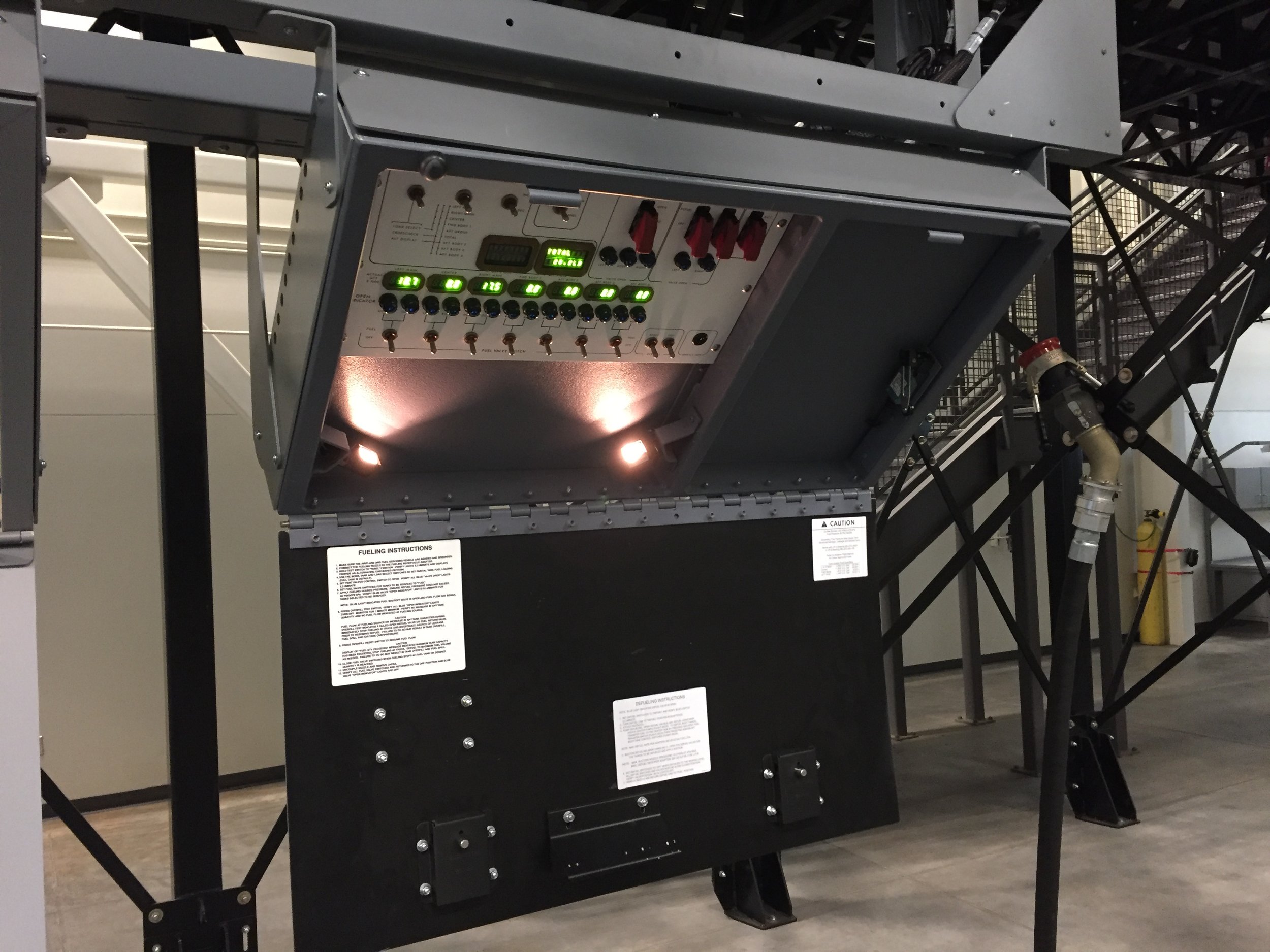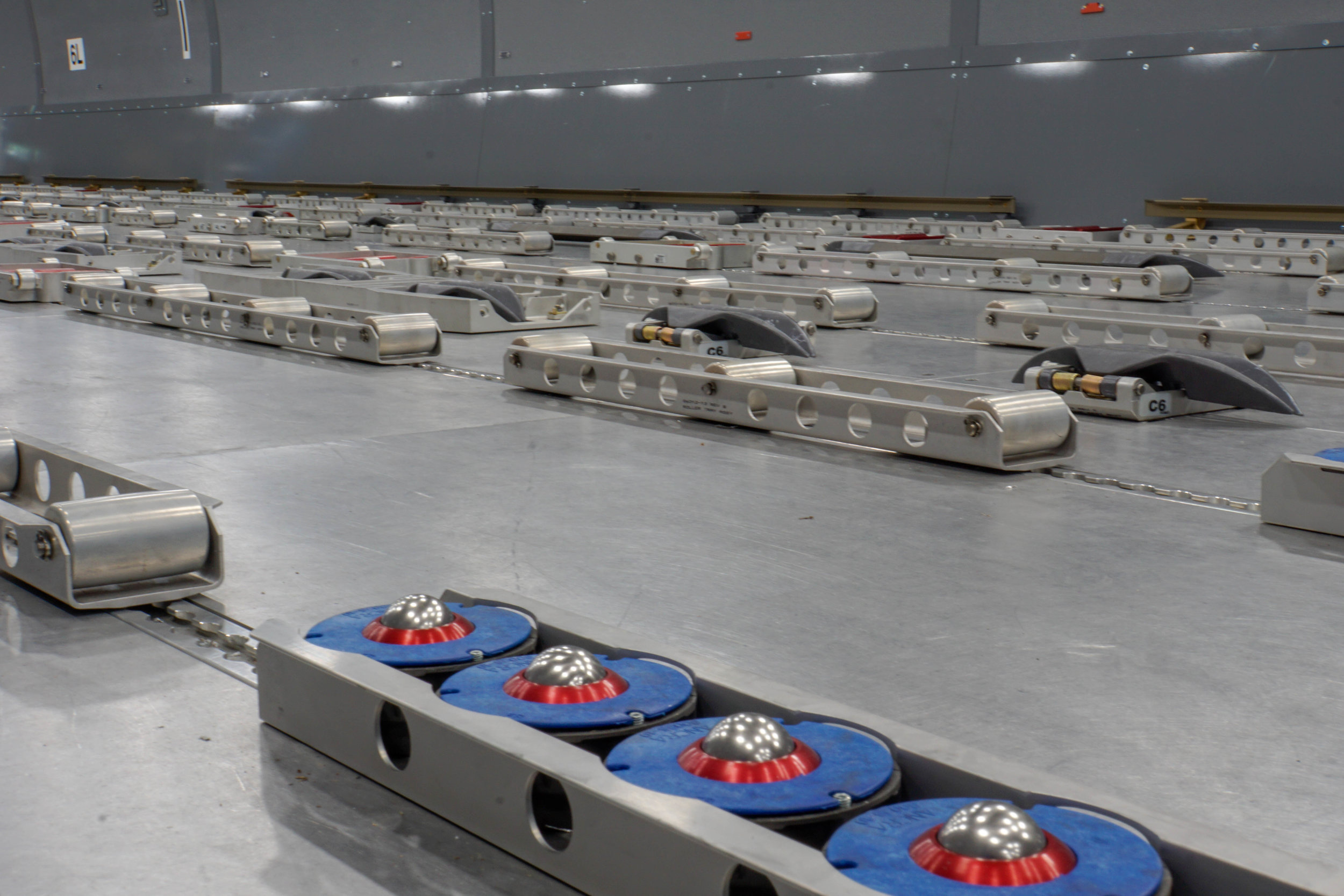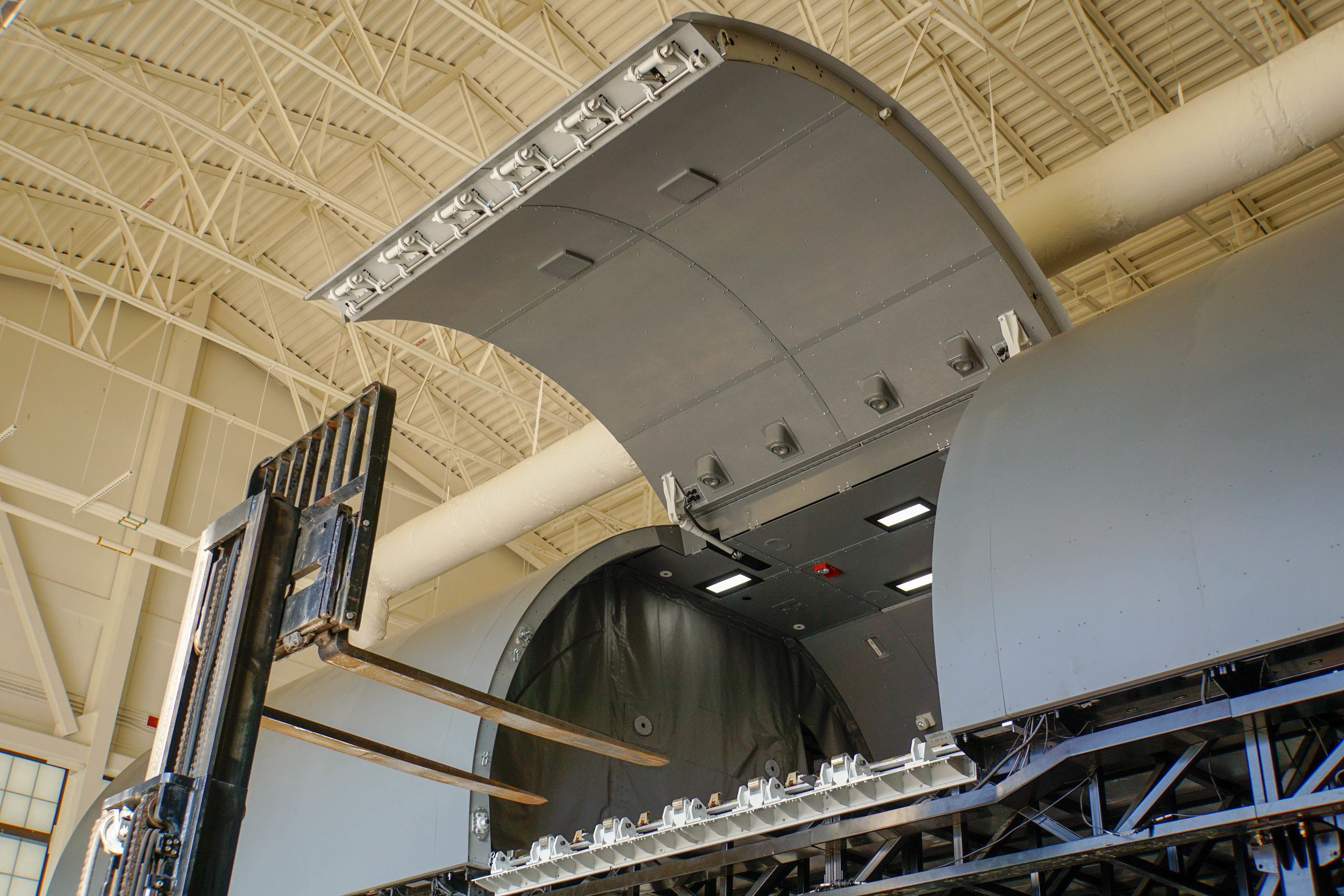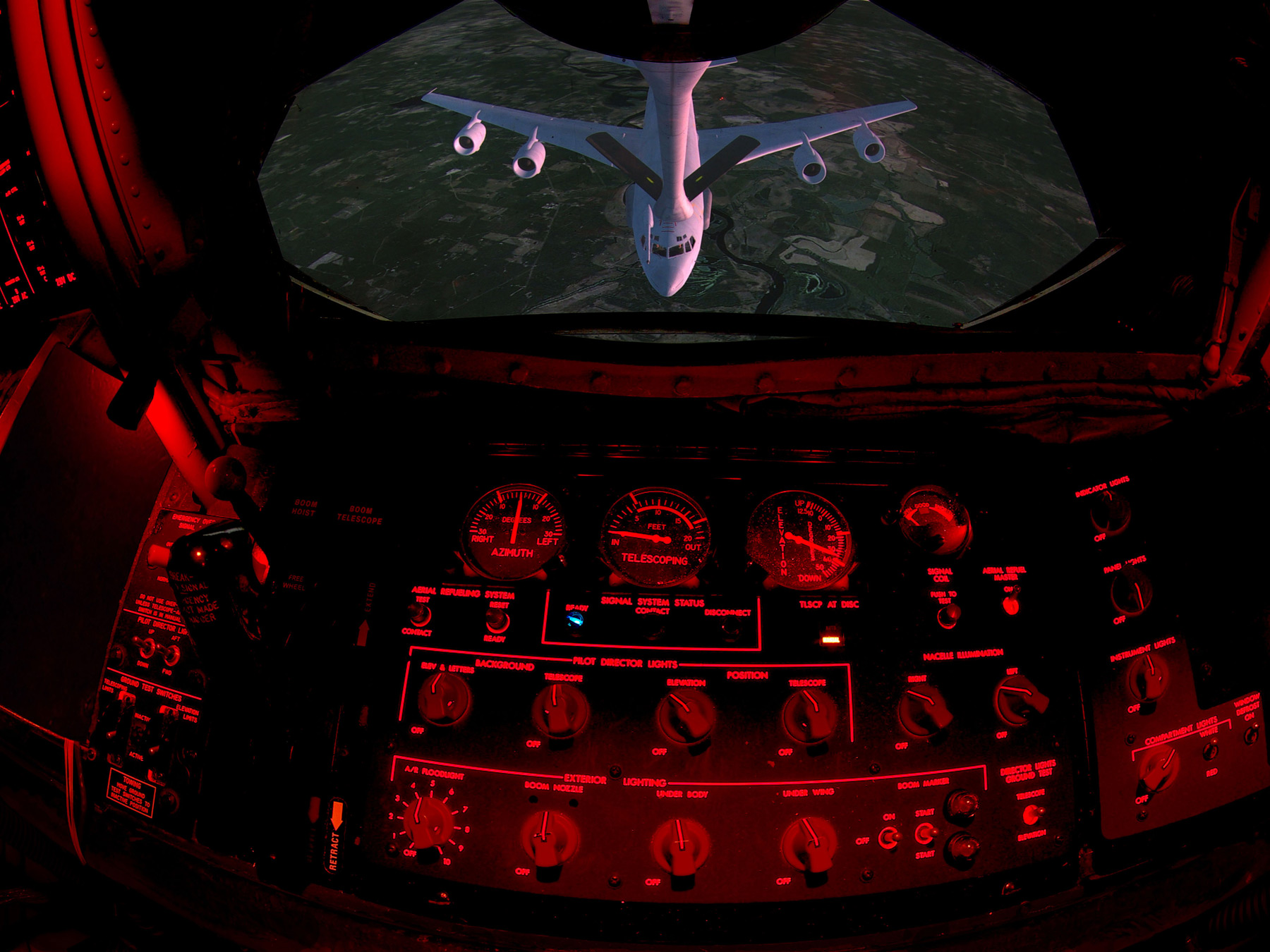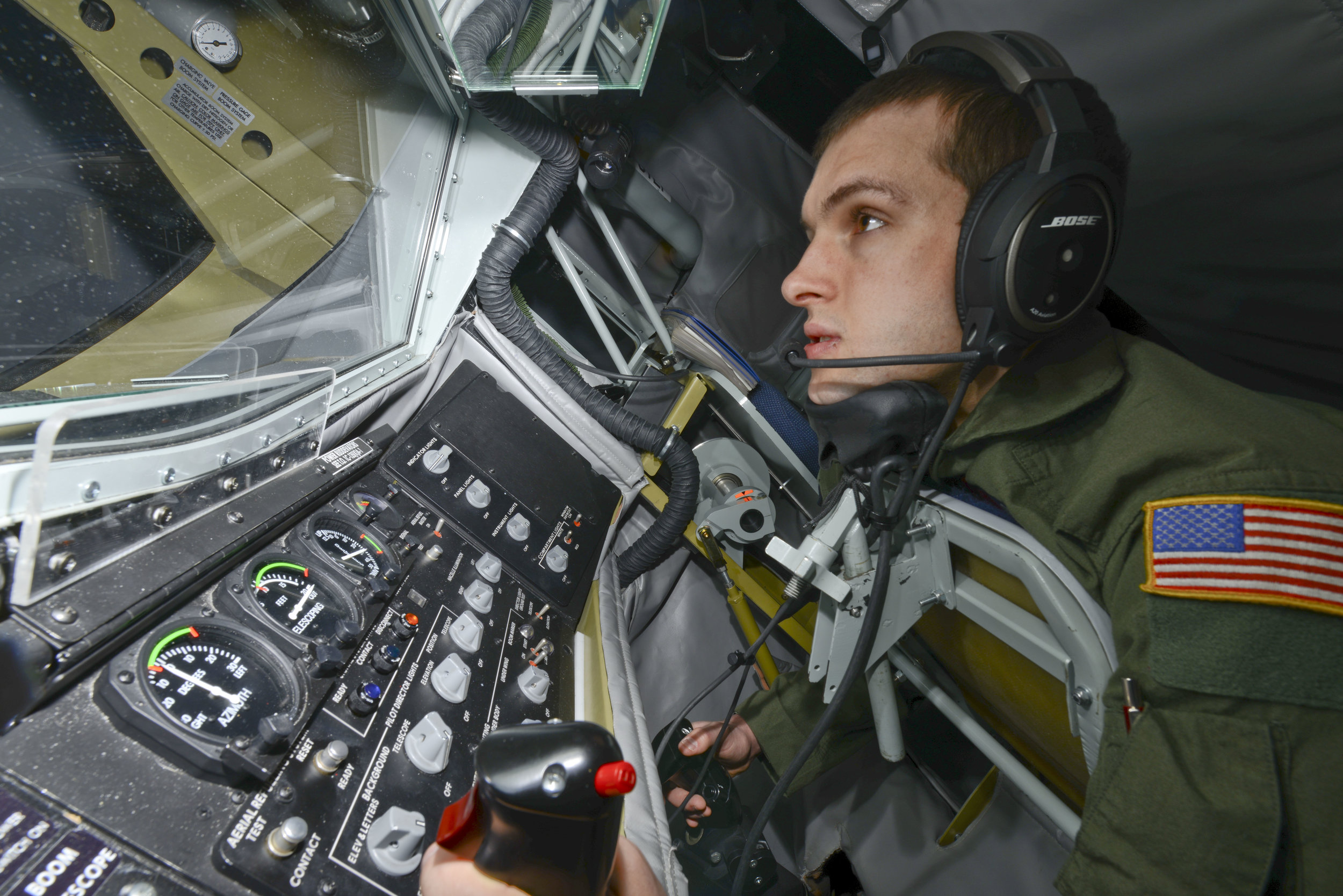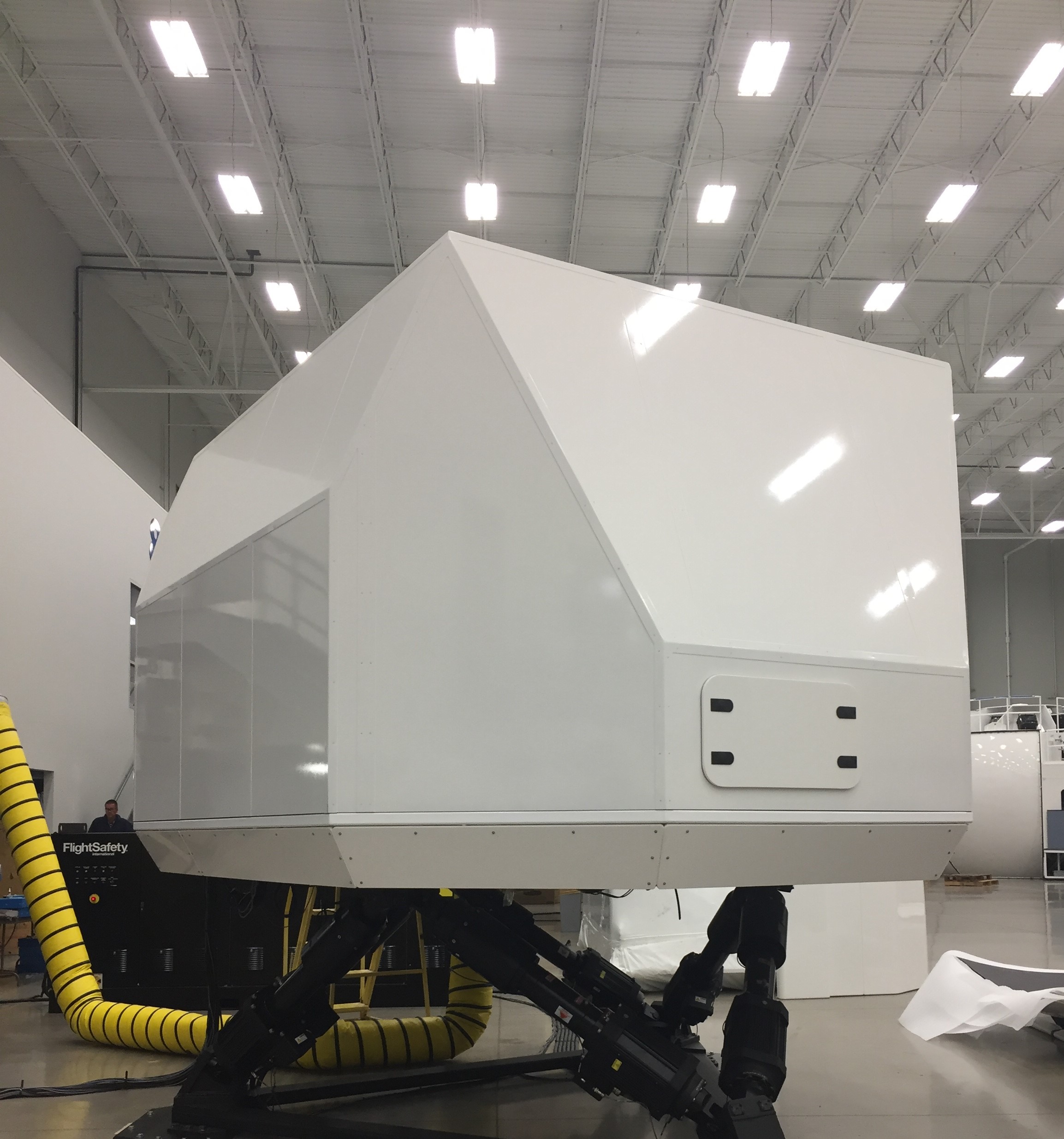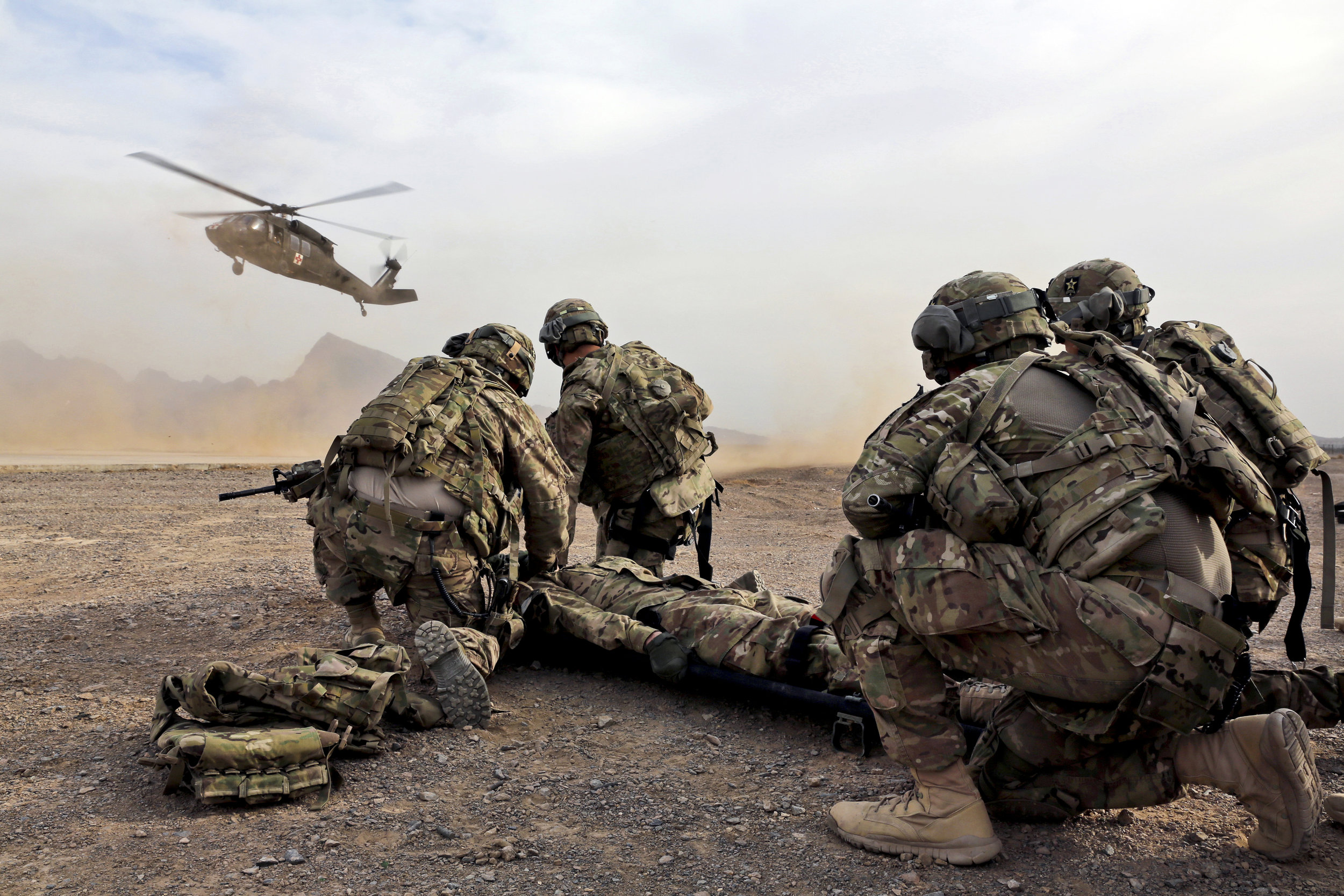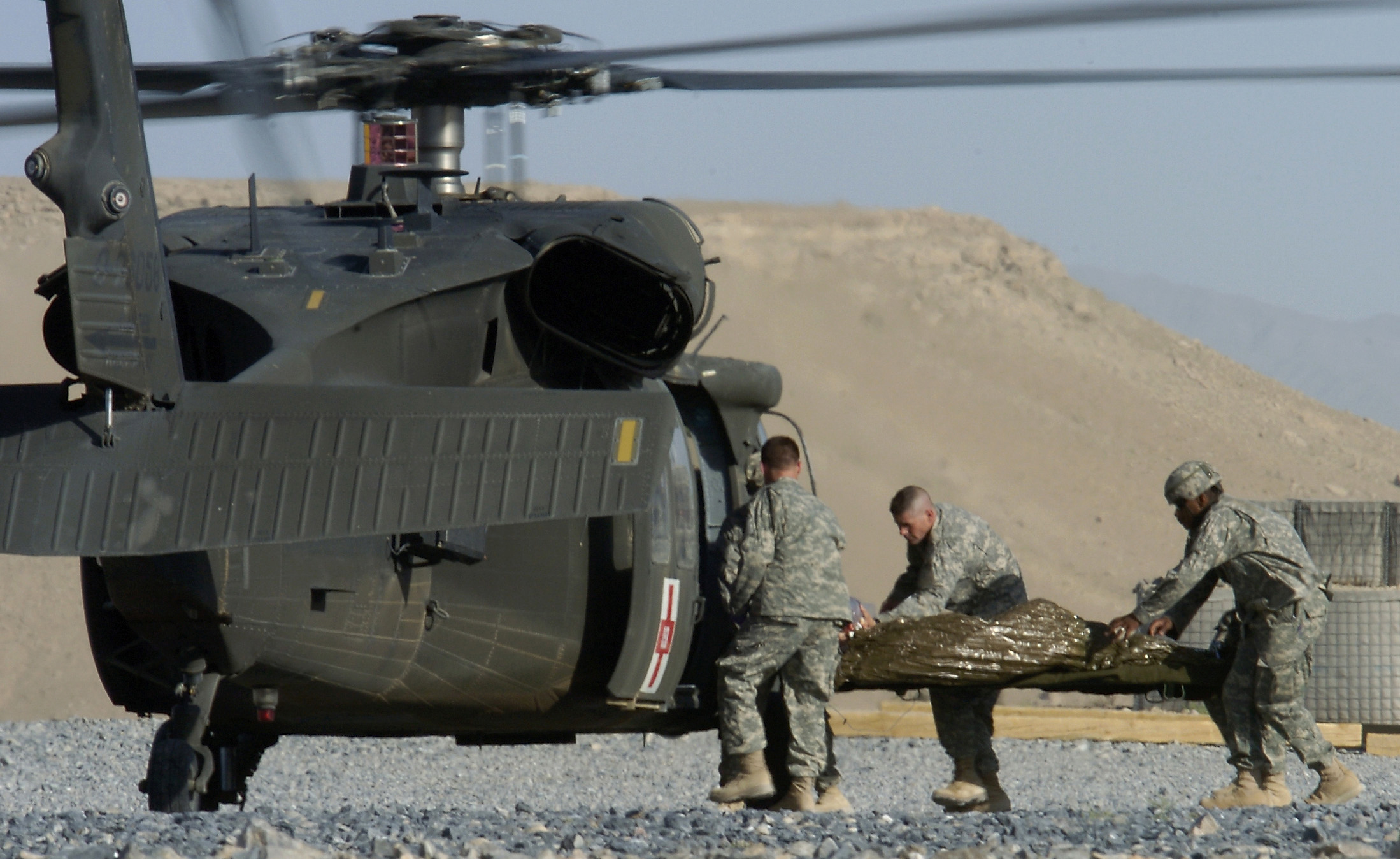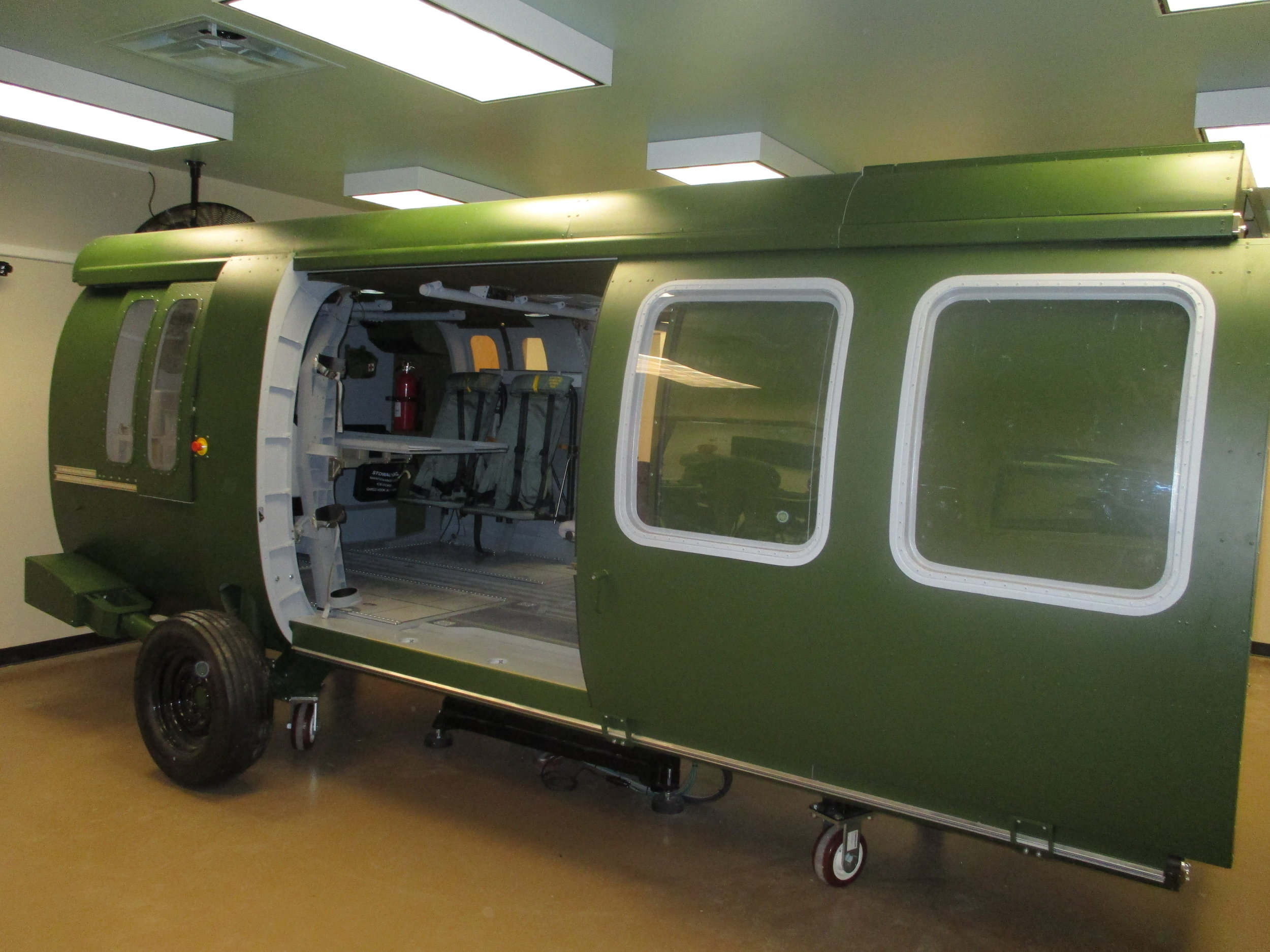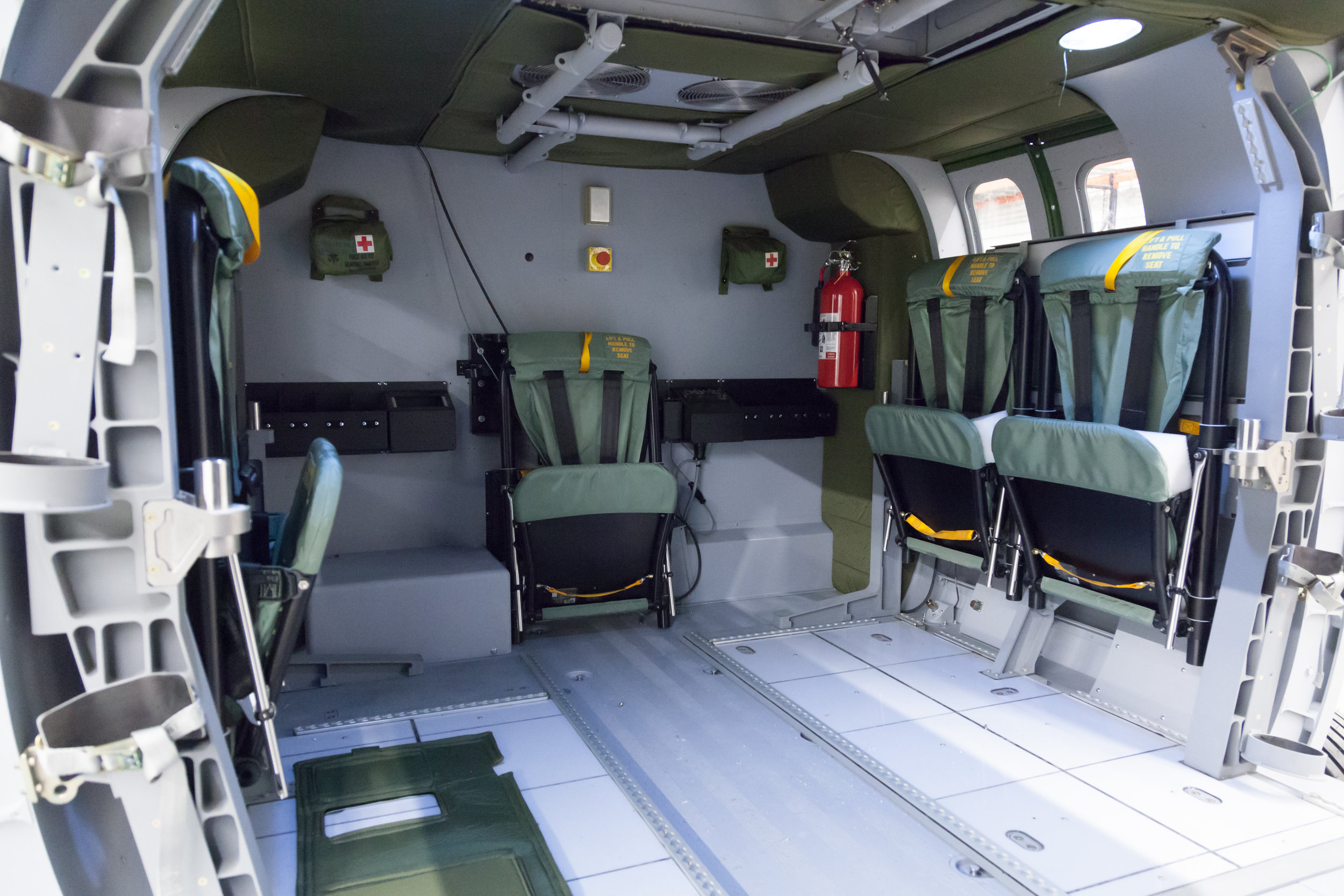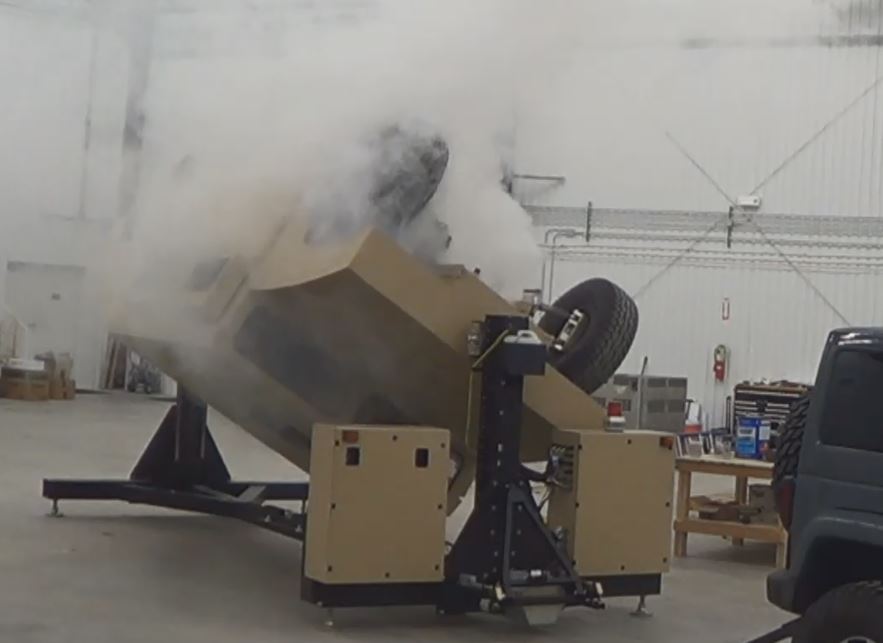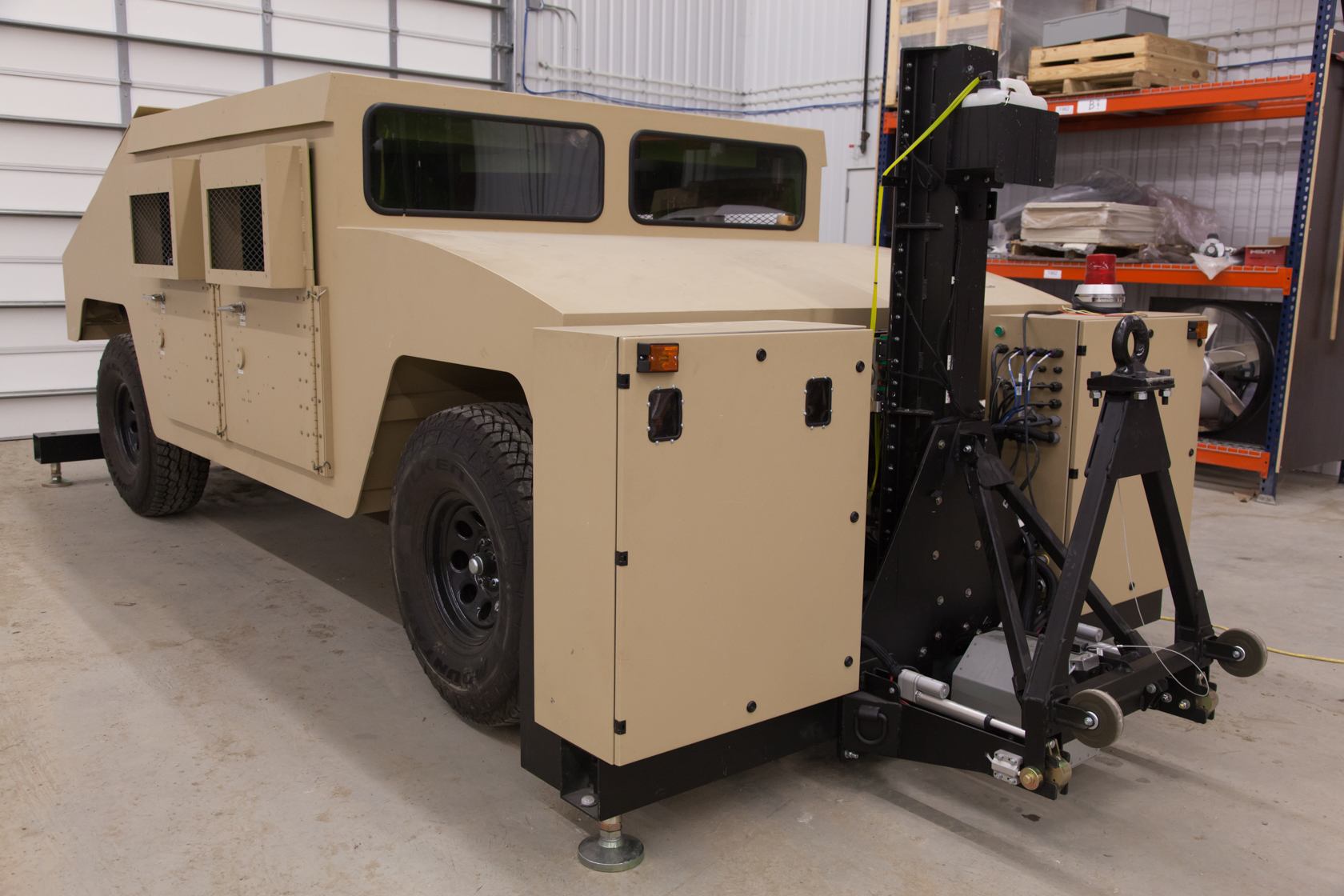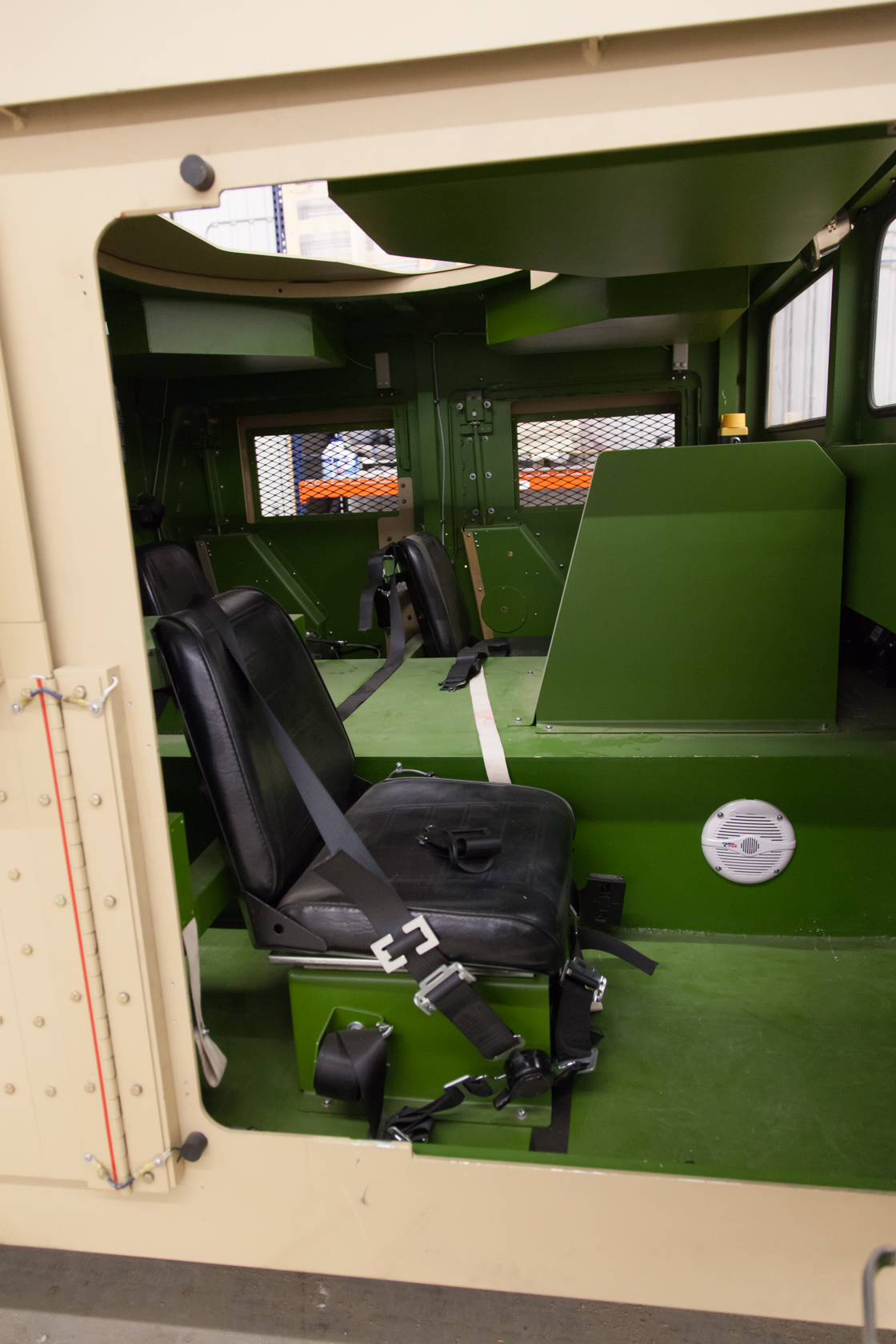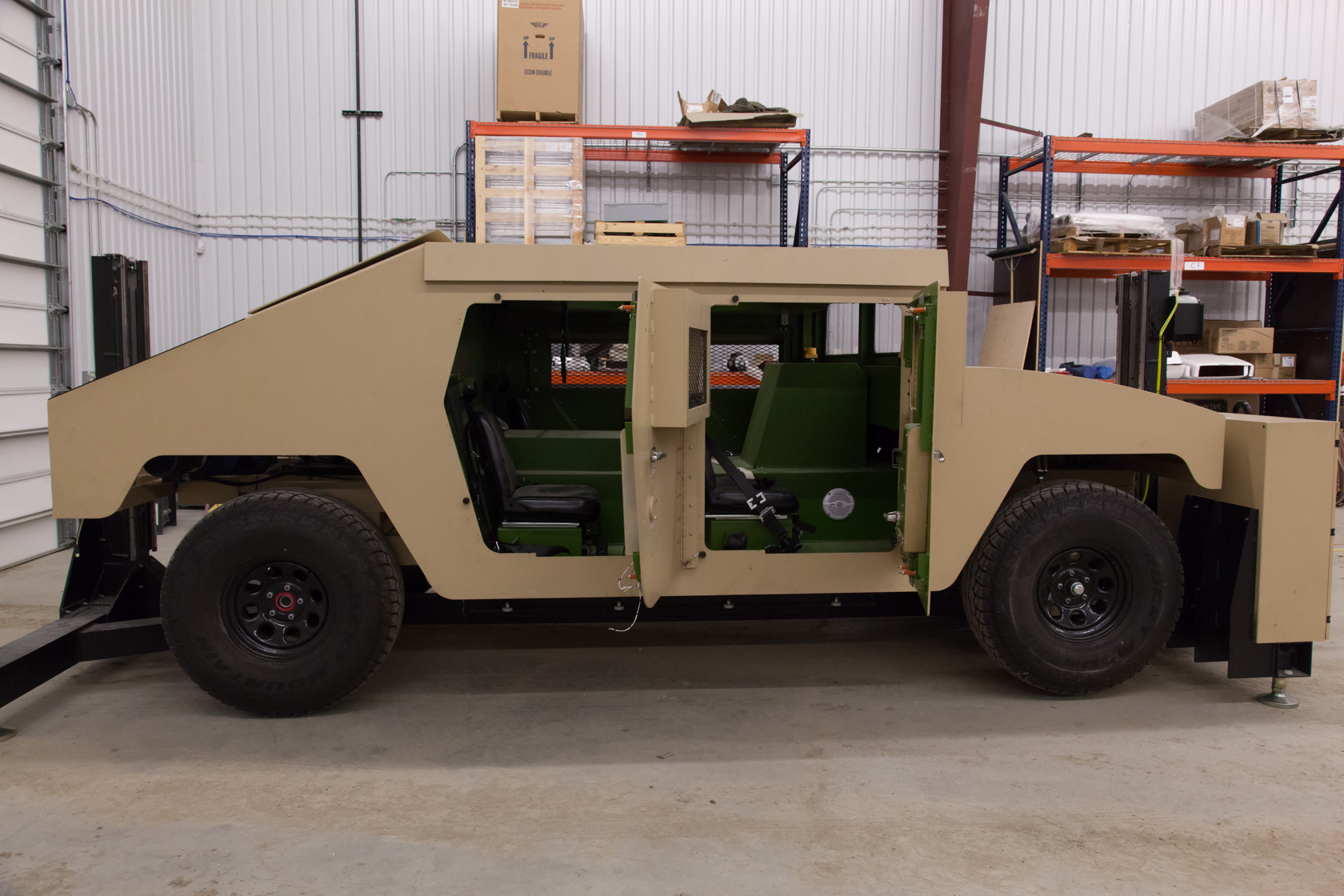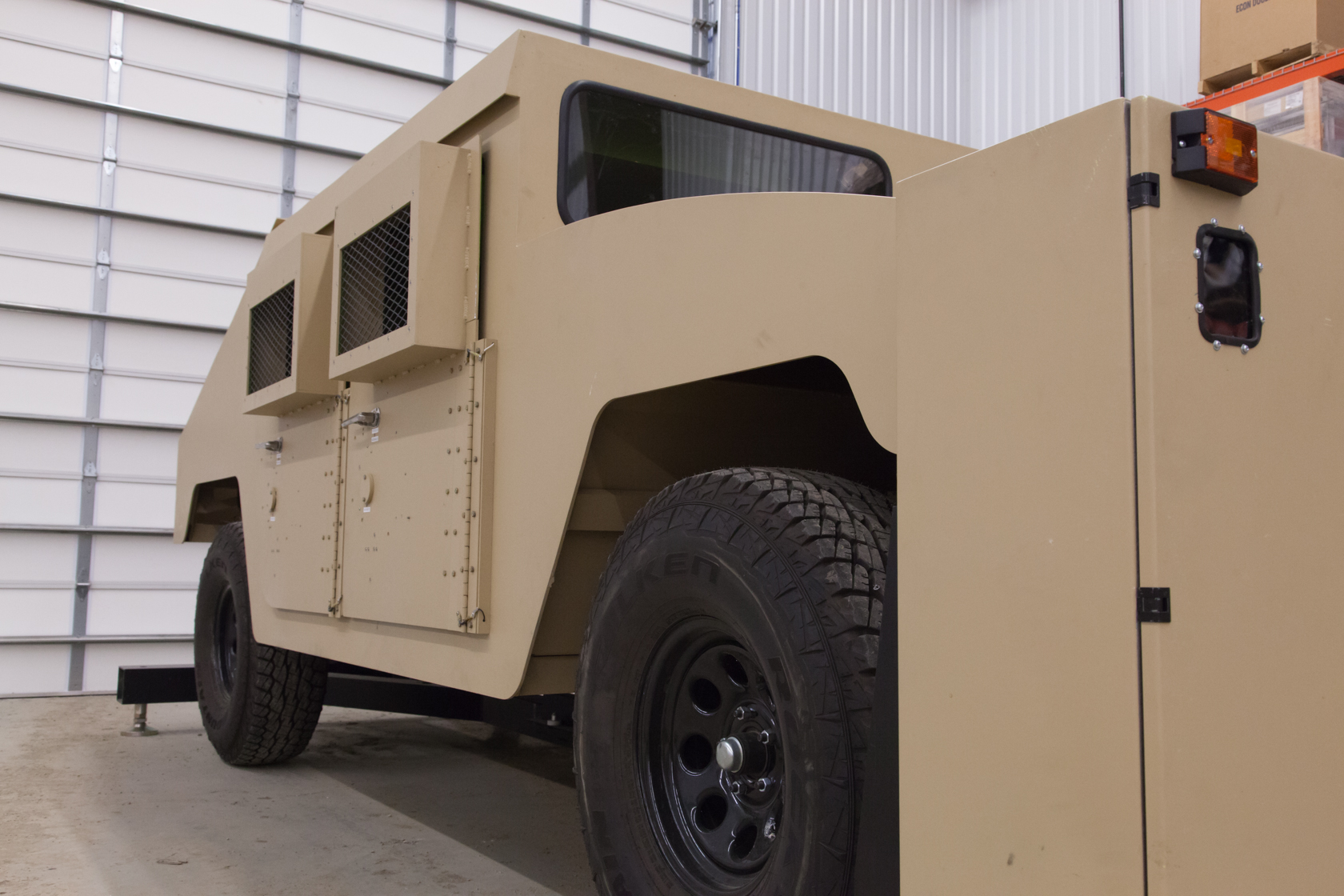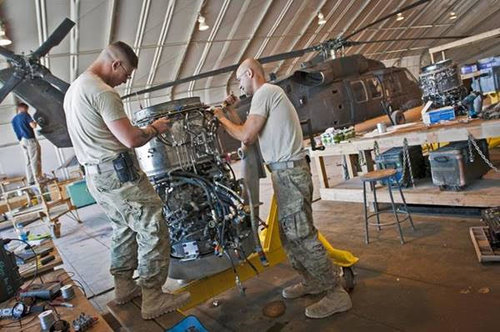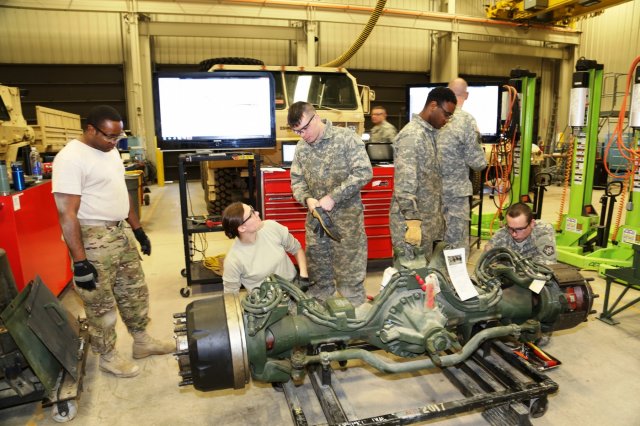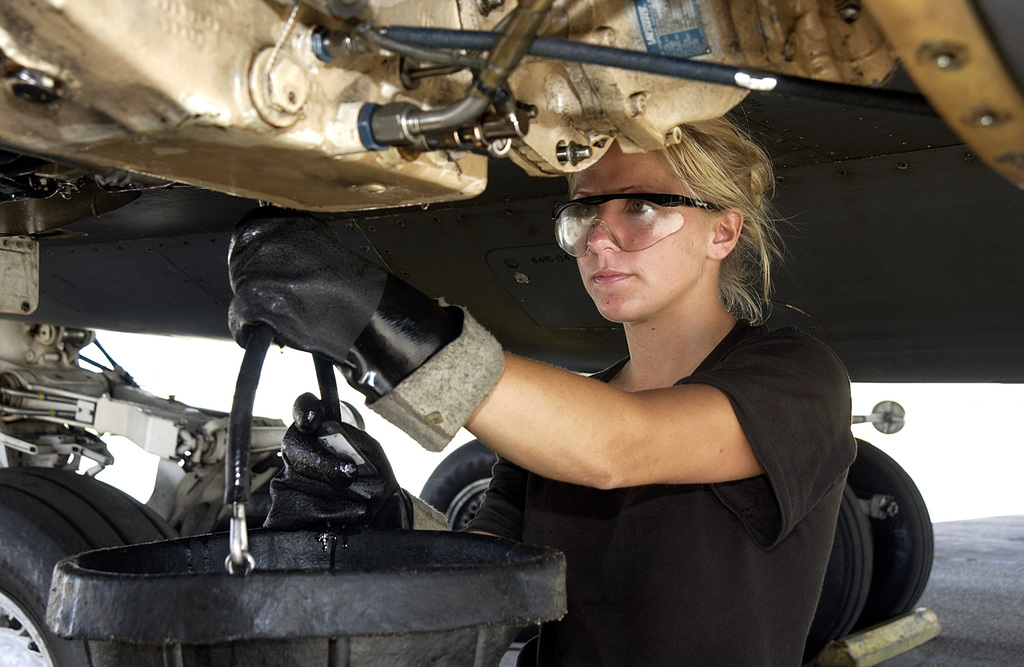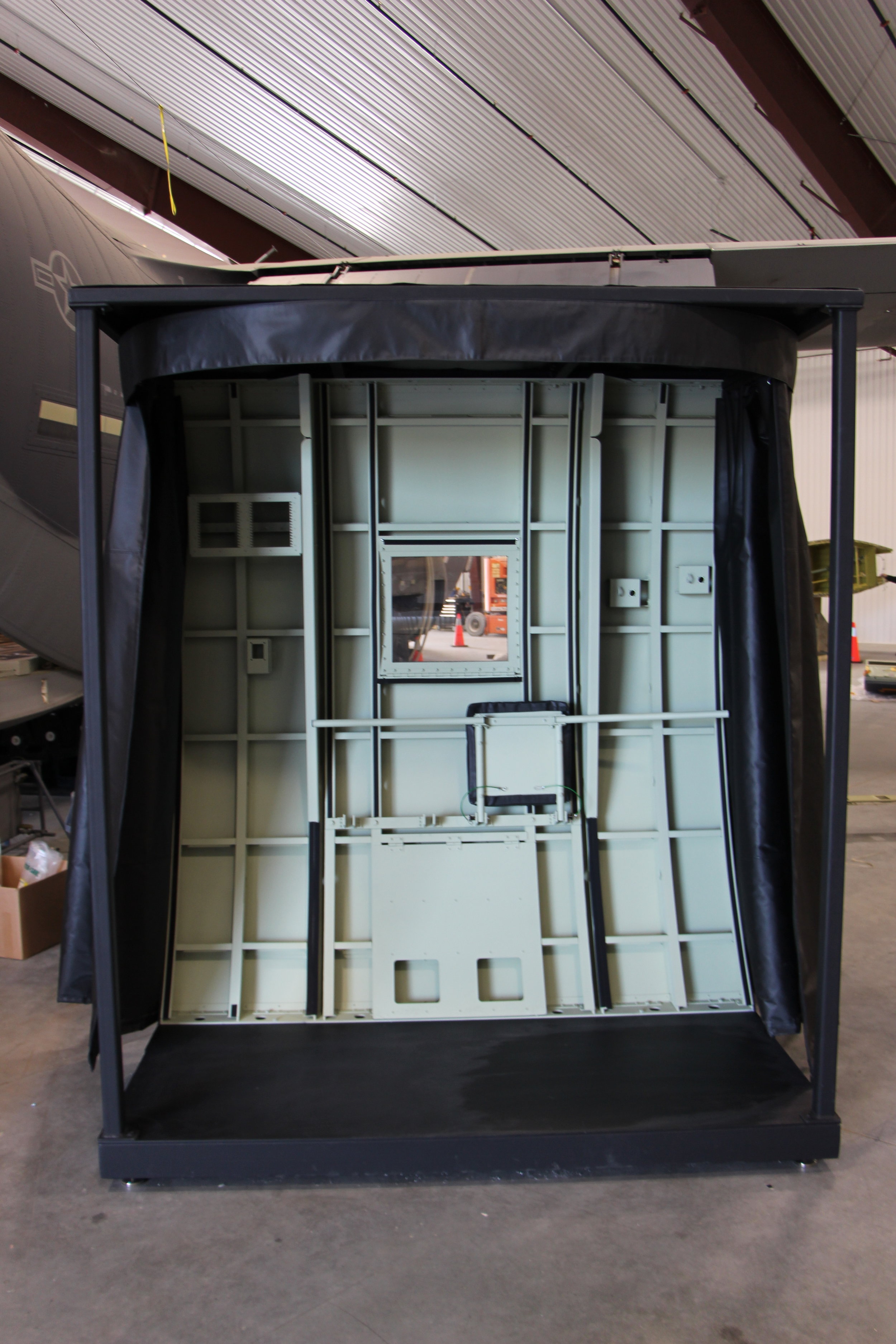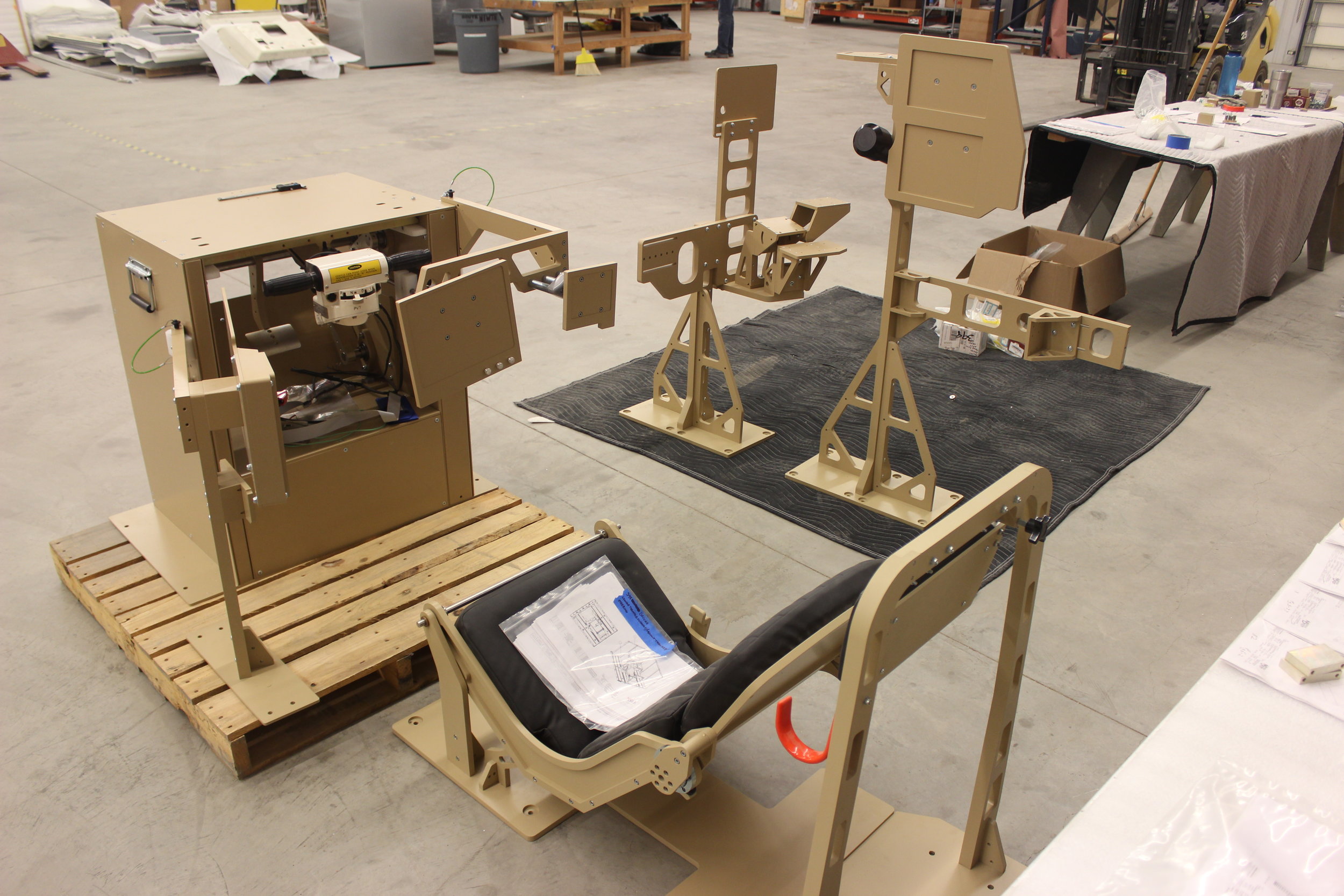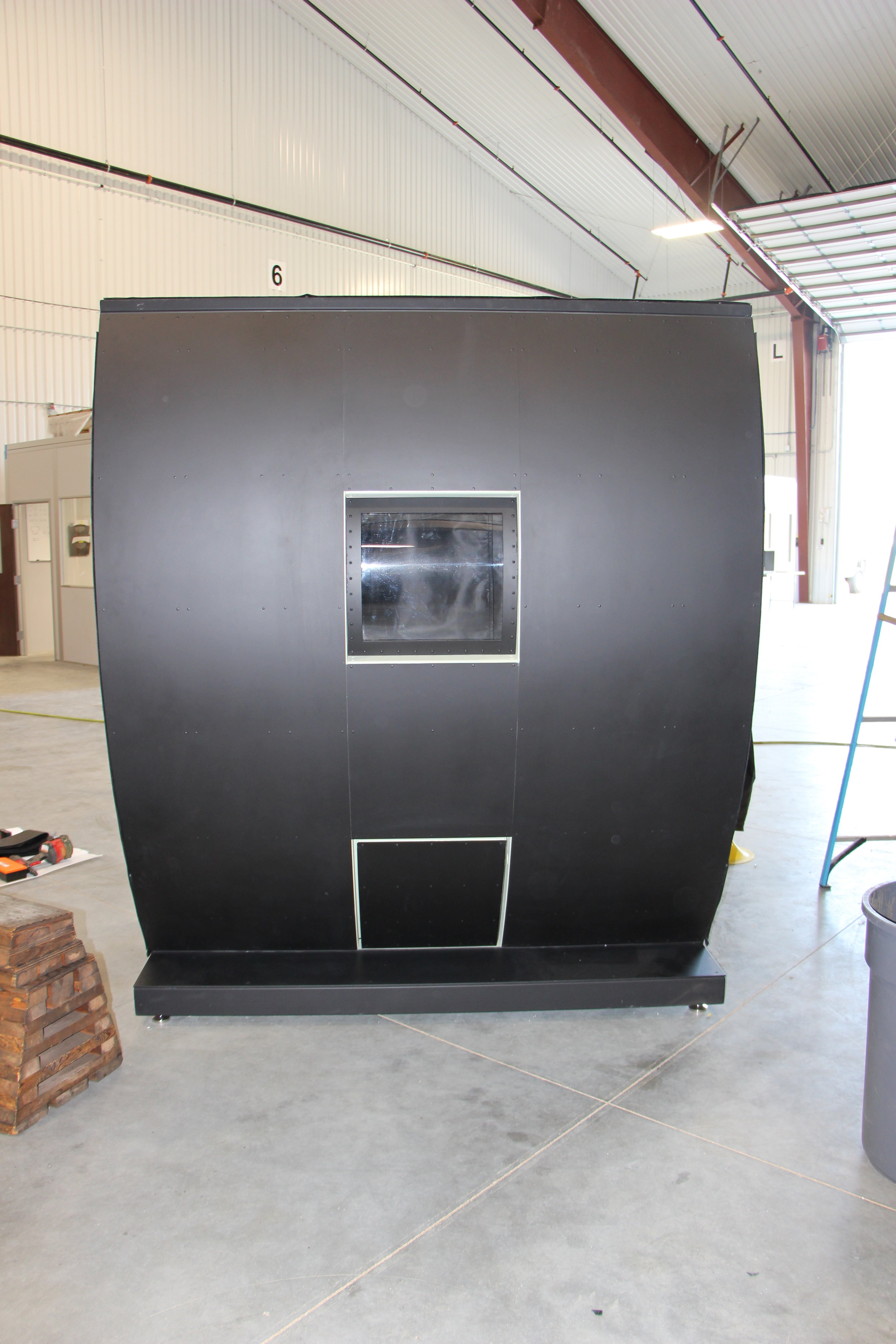FUSELAGE/CARGO LOADING
Newton Design has experience in developing cargo loading and fuselage trainers (FuTs) for multiple aircraft types, including the KC-46 and C-130J. Our capabilities include designing and manufacturing the trainers using a fully-simulated approach, or using actual aircraft fuselages as the basis for the FuTs. Newton Design has multiple certified airframe and powerplant (A&P) mechanics on staff, allowing us to make major modifications to actual aircraft structures, including:
Removal of cockpits
Installation/re-integration of center wing boxes, wings, and tail sections
Refurbishment and modification of aircraft hydraulic systems
Structural modifications
Refurbishment and reconfiguration of legacy aircraft to represent current production models
Newton Design has implemented custom-designed and manufactured cradle and elevated mezzanine-type systems that place the FuTs at operational height to allow real aircraft fuselage or fully-simulated FuTs to be safely loaded just as the actual aircraft would be. The “real aircraft” cradle systems also provide the ability to operate the aircraft landing gear under normal and abnormal conditions.
Rounding out the FuT training systems, Newton Design can produce simulated cargo/training loads of virtually any kind, providing turnkey training solutions for cargo loadmaster training.
BOOM OPERATOR
Newton Design is an experienced provider of structural and mechanical systems associated with fully‐simulated, large‐scale aerial refueling procedural trainers with replicated aircraft systems, controls, and functions within a complete aircrew boom compartment. Programs include the KC-135 Boom Operator Weapon System Trainer (BOWST) and the KC-46 Boom Operator Trainer (BOT). The KC-135 BOWST is particularly noteworthy in that it is the first boom operator trainer ever to attain the Air Refueling Airplane Simulator Qualification (ARASQ) Revision C certification. This allows all aerial refueling training to be transferred from the KC-135 aircraft to the BOWST, which provides a tremendous cost savings in terms of fuel, aircraft maintenance, and repairs.
MEDICAL EVACUATION
Medical Evacuation trainers provide realistic, complex training to flight medics on patient loading, unloading, and treatment and transfer of patients requiring intensive or critical care. The UH-60 Transport Medical Trainer Laboratory (TMTL) consists of a high-fidelity simulated UH-60 cabin, buyer-furnished Medical Evacuation Package (MEP), Forward Surgical Team (FST) training room, Instructor Control Room, combat stressor system (scent generation, rotor noise, chaotic lighting), data capture equipment (cameras, area microphones), student classroom and debrief area, and includes networking/distance learning capabilities. This training system is used by the U.S. Army Medical Department Center & School (AMEDD C&S) in support of the Critical Care Flight Paramedic Program located at Fort Sam Houston in San Antonio, TX.
Typical training scenarios consist of a simulated battlefield casualty (or casualties) being loaded into the simulated UH-60 Medevac cabin. Trainees give critical care to the patient during the simulated flight to the FST facility. Combat stressors (temperature extremes, chaotic lighting, theatrical smoke generators, scent generation, etc.,) are introduced into the scenario to increase realism. The patient is then unloaded and taken into the FST training room, where triage care is administered. The patient is again loaded into the simulated UH-60 for a simulated flight to the Evacuation Hospital. The trainee again monitors the patient, and provides the necessary in-flight care. The entire exercise is captured using video/audio equipment, and an exercise debrief is conducted to critique the trainee’s performance.
Newton Design has the capability to deliver similar Medical Evacuation training systems that simulate any aircraft or ground vehicle type.
EMERGENCY EGRESS/CASUALTY EXTRACTION
The V-XTRACT is a full-scale vehicle casualty extraction training device designed to provide high-fidelity vehicle extraction training to military personnel. The simulator replicates the widely-used High Mobility Multipurpose Wheeled Vehicle (HMMWV), and allows the instructor to present the trainee with a number of pre-programmed vehicle extraction scenarios, including an overturned vehicle.
The V-XTRACT consists of a free-rolling simulated HMMWV (or “Humvee”), towing mechanism, lift & rotate mechanism, combat stressors (smoke generation, sounds), and data collection capability. Onboard sensors indicate/record when vehicle upset and extraction efforts occur.
The V-XTRACT is used to teach trainees the procedures and techniques for extracting occupants from an overturned HMMWV. The V-XTRACT is loaded with simulated casualty dummies and is towed by a human-operated vehicle, simulating a convoy. With one button push from the remote instructor control touchpad, the instructor releases the V-XTRACT from the tow vehicle. The V-XTRACT onboard sensor and logic systems bring the V-XTRACT to a gentle stop, then command the lift/rotate system to engage, positioning the V-XTRACT in the desired state (rolled over on its side or top) for the training scenario. The trainees are then tasked with safely extracting the life-size mannequins as various challenges are presented to the, including jammed doors, simulated smoke, and scent generation.
The V-XTRACT concept can be applied to a multitude of vehicle and weapons systems, including underwater egress from aircraft cockpits/cabins. Specific features and capabilities can be modified to suit the training requirements of the individual customer.
MAINTENANCE
Newton Design has the capability to provide Maintenance Trainers ranging from physical mockups of individual systems to full vehicle trainers featuring model-specific components. Maintenance Trainers are designed to support all critical tasks required for training maintenance specialists, and allow the introduction of mechanical and electrical faults which instructors use to teach students about troubleshooting procedures, including fault isolation and maintenance of avionics and associated subsystems, troubleshooting and restoration of functionality. These devices are also designed and used for the removal and replacement of components, rigging, and conducting maintenance operational checks (MOCs).
part-task
Newton Design has the capability to provide Part-Task Trainers (PTT) of any kind, with past performance in supplying helicopter door gunner, helicopter cargo winch operator, C-130 observer, and C-130 cargo loadmaster PTT’s. Scope and fidelity requirements vary for each end user, and Newton Design applies our vast experience in providing custom-designed training systems to ensure that the end product supports the training objectives defined by the customer. PTT’s typically feature a high-fidelity simulation of specific areas, components, or controls of the overall weapon system. Newton Design has considerable experience working closely with other suppliers (system integrators, visual system suppliers, host computer suppliers, and cybersecurity vendors) to provide the government with turnkey PTT’s. Newton Design’s physical and mechanical components/structures have also been used in conjunction with virtual/augmented reality systems.




